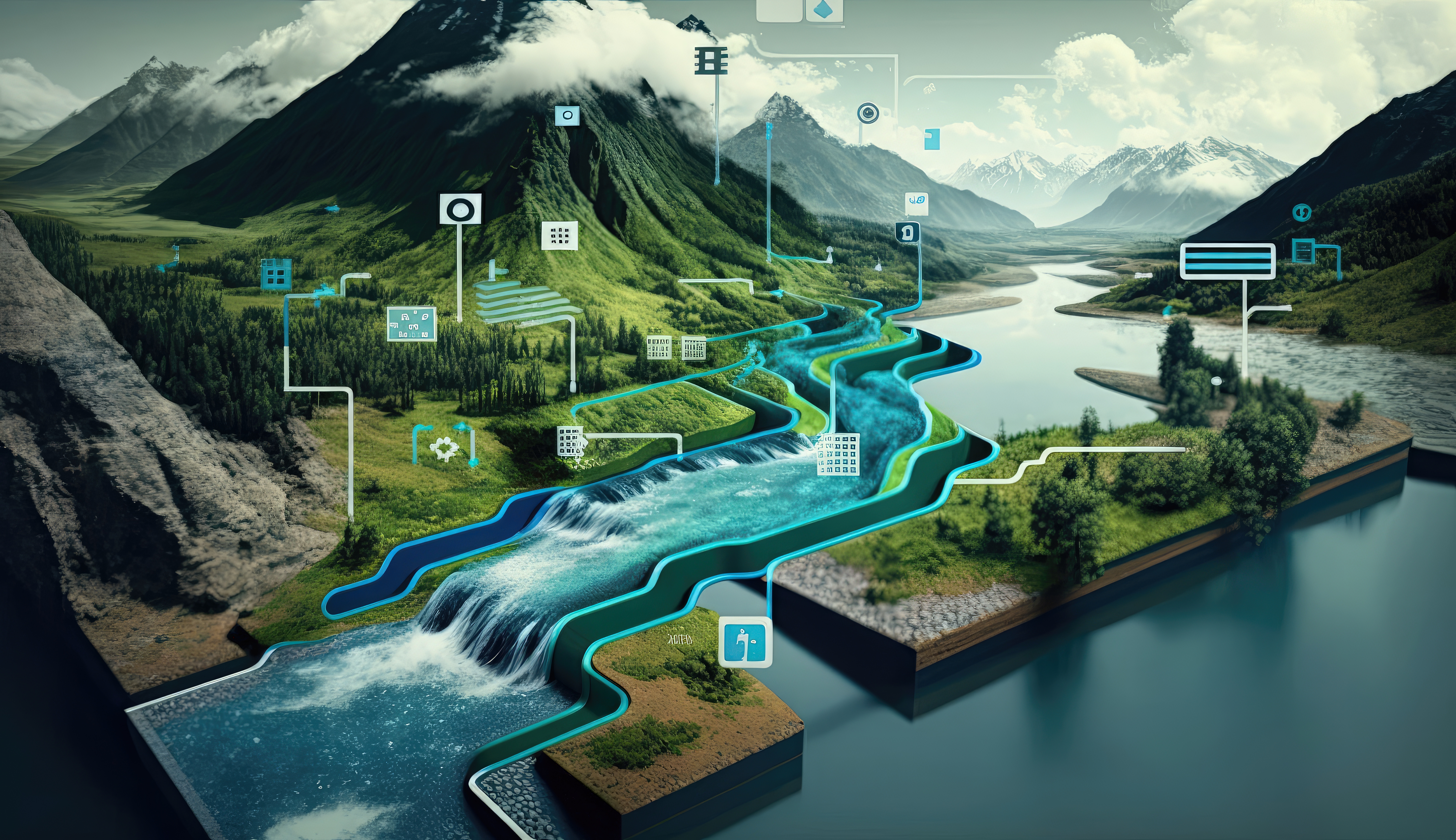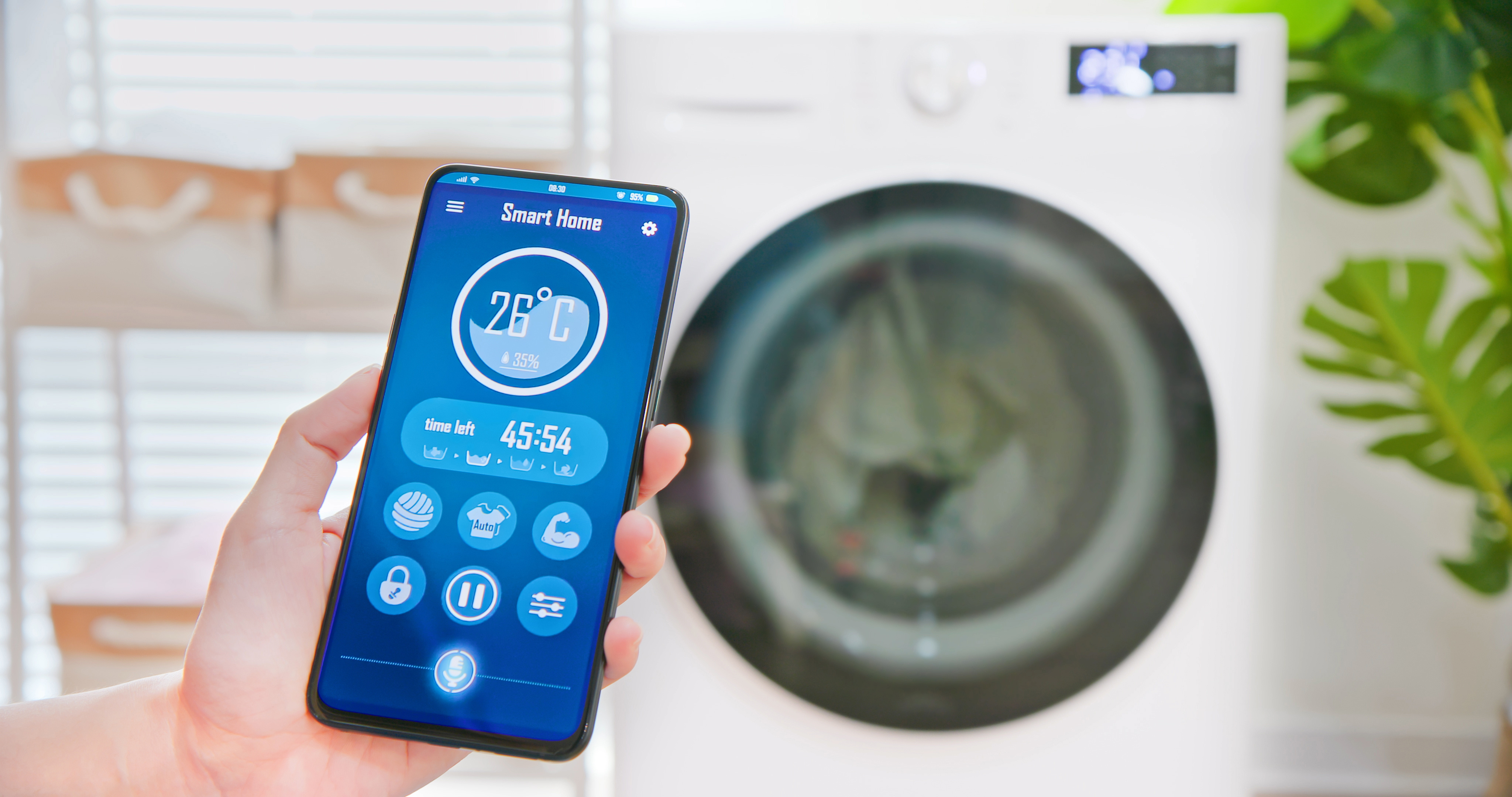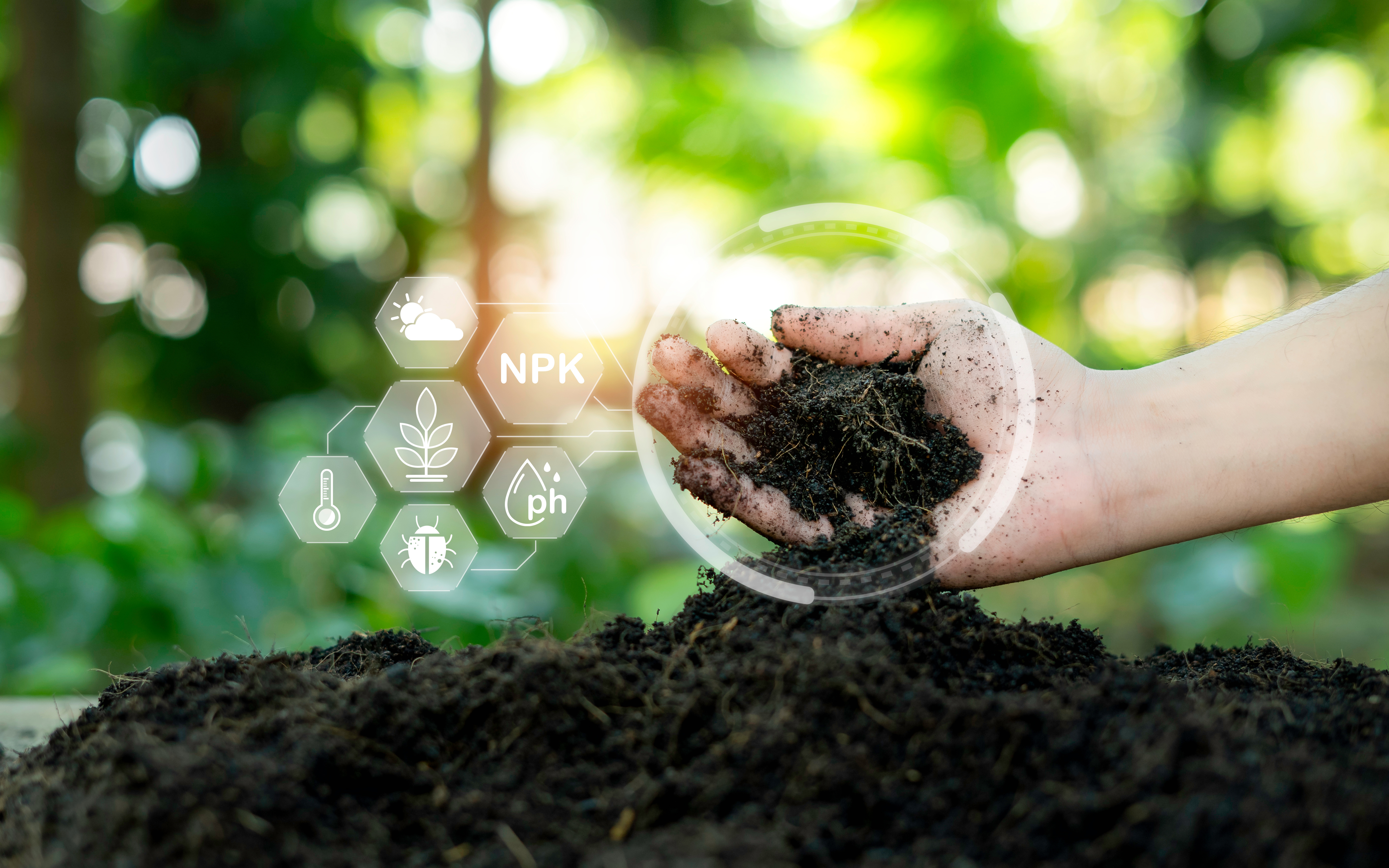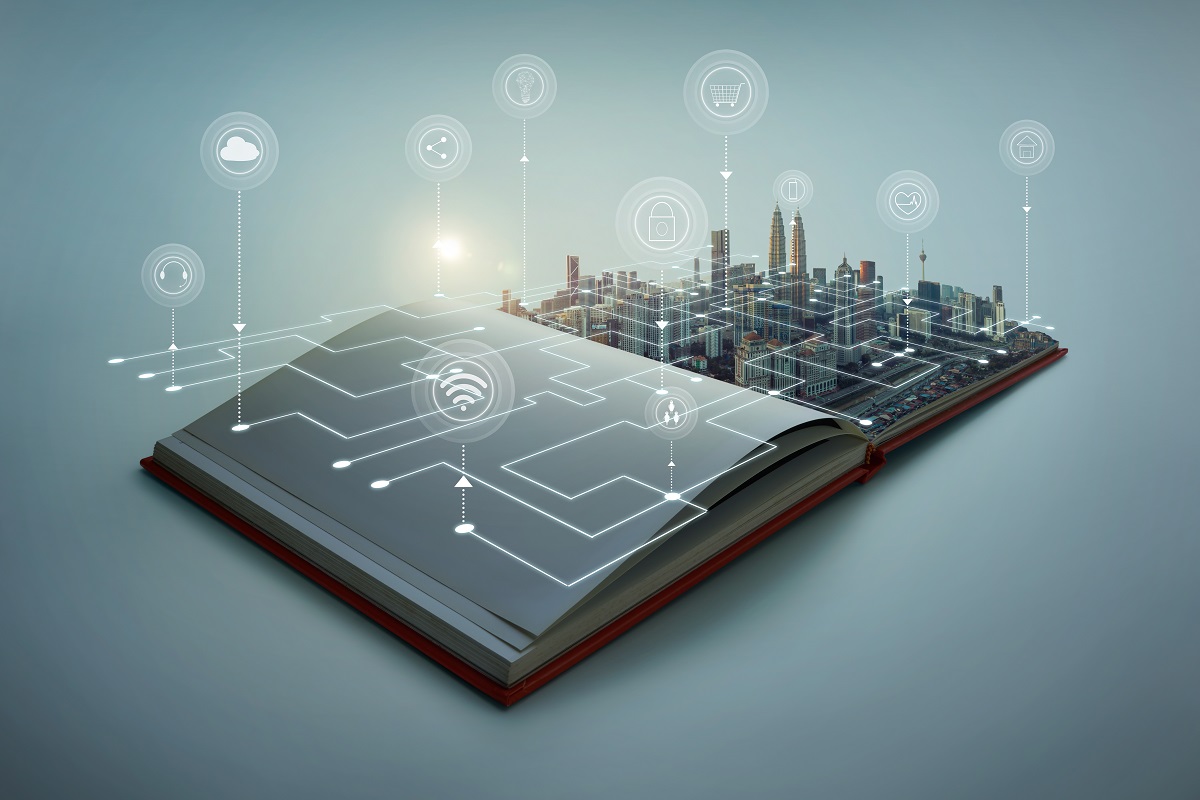Smart Water Resource Management
Water resource management is crucial for environmental protection and sustainable development. The application of AI technologies, especially those powered by Nuvoton MCUs and Tiny Machine Learning (TinyML), has brought about innovative applications for water resource management.
1. Water Quality Monitoring:
Smart sensors and MCU technologies can be deployed in water bodies to monitor water quality changes in real time. This includes detecting chemicals, microorganisms, and harmful substances in the water. When the data indicates that the water quality is beyond safe limits, the MCUs can trigger immediate alerts to prevent contamination from spreading. AI algorithms can analyze long-term data to help identify potential pollution sources, aiding in water quality maintenance.
2. Drought and Flood Prediction:
Nuvoton MCU technology can be utilized to build weather monitoring systems that track meteorological data such as rainfall and temperature. AI algorithms can analyze this data to predict drought and flood risks. This helps government agencies and agricultural sectors develop appropriate water management strategies, including water conservation and improved irrigation systems.
3. Optimizing Water Resource Efficiency:
MCUs and TinyML technologies can also be applied to enhance the efficient use of water resources. Smart sensors can monitor the performance of water distribution systems, such as pipe pressure and flow rates. AI algorithms can analyze this data to optimize the operation of water supply systems, reducing leakages and wastage while improving water resource utilization.
4. Long-Term Data Analysis:
Nuvoton MCUs and TinyML technologies also enable long-term data analysis, which is crucial for water resource management. By analyzing data over the years, the impact of climate change on water resources can be identified, and appropriate strategies can be developed. This long-term perspective helps ensure the sustainability of water resources.
| Applicable Development Board | |
|---|---|
| NuMaker-HMI-MA35D1-S1 |
1. Object Detection Example: Reservoir and River Garbage Monitoring Install surveillance equipment equipped with cameras in reservoir or river areas.MA35D1 processes image data from the cameras to detect garbage and floating objects on the water's surface. Timely identification of garbage in water bodies can help in quick cleanup, protect water resources from pollution, and maintain ecological balance.
2. Object Classification Example: Sewage Treatment Plant Inflow Water Quality Analysis Install a camera at the inlet of a sewage treatment plant to monitor the types of sewage entering.MA35D1 processes the images captured by the camera to classify different types of sewage and impurities, such as domestic sewage, industrial wastewater, or agricultural runoff. |
|
NuMaker-HMI-M467 NuMaker-IoT-M467 |
1. Vibration Detection Example: Water Pump Operation Status Monitoring Install vibration sensors on water pumps in water treatment plants or water supply systems. Cortex-M4 processes vibration data to monitor the operating status of water pumps, such as rotating balance and bearing condition. Early identification of abnormal vibrations in the operation of water pumps can prevent large-scale failures and water outages.
2. Sensor Fusion Example: Intelligent Water Quality Monitoring System Integrate temperature, pH, dissolved oxygen, and turbidity sensors in water sources or water supply networks. Cortex-M4 processes the integrated data from these sensors to monitor water quality in real time. Accurately identify changes in water quality, respond to potential pollution events in a timely manner, and ensure the safety of the water supply. |
|
NuMaker-M55M1 |
1. Vibration Detection In the operation of water pumps and pipeline systems, vibration detection is a critical technology. The M55M1 development board can capture and analyze vibration data from these systems in real time to identify abnormal vibration patterns caused by wear, blockage, or other mechanical faults. This early identification and warning can significantly reduce maintenance costs and prevent possible large-scale failures, ensuring the stable operation of the water supply system.
2. Sensor Fusion Sensor fusion is an indispensable part of intelligent water resource management. With the M55M1 development board, data from different sensors (such as water flow velocity, water pressure, water quality parameters, etc.) can be fused together to provide a more comprehensive and accurate analysis of water resource conditions. This comprehensive data analysis helps to optimize water resource allocation, improve system efficiency, and ensure water quality safety.
3. Object Detection In water resource management systems, object detection technology can identify and track various objects in water, such as pollutant particles or organisms. Utilizing the image processing and machine learning capabilities of the M55M1 development board, the system can effectively monitor water quality status, identify potential pollution sources in a timely manner, and thus promote the protection and sustainable management of water resources.
4. Object Classification Object classification is equally important in intelligent water resource management. Through the advanced data processing capabilities of the M55M1 development board, the system can not only identify objects in the water but also classify them into different categories. This classification is crucial for understanding the causes of water quality changes, preventing pollution, and promoting the health of ecosystems. |




